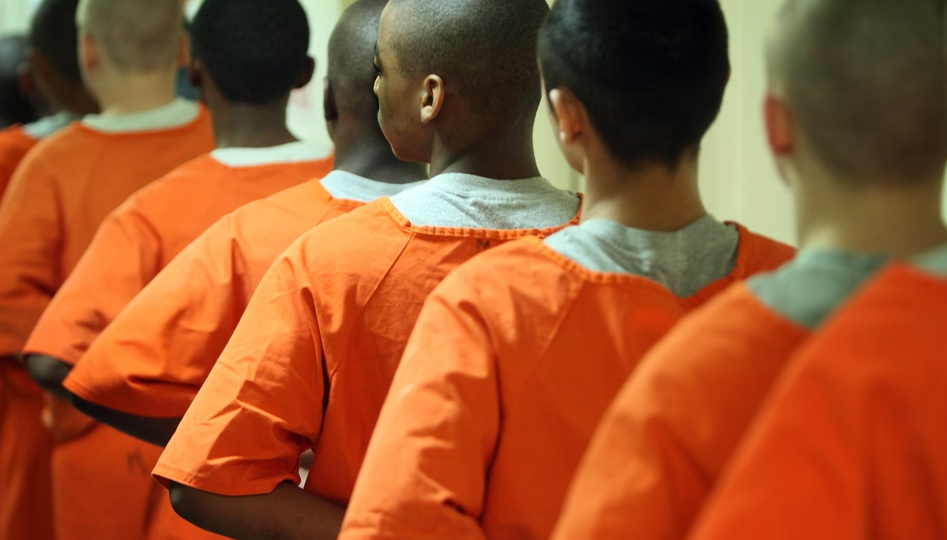Reviewing Life Without Parole Sentences for Youth Offenders
Approximately 2,500 children have been sentenced to juvenile LWOP in US

Each year in the United States, children as young as 13 are sentenced to spend the rest of their lives in prison without any opportunity for release. Approximately 2,500 children have been sentenced to juvenile life without parole (JLWOP) in the United States. Despite a global consensus that children cannot be held to the same standards of responsibility as adults are and recognition that children are entitled to special protection and treatment, the United States allows children to be treated and punished as adults.
The U.S. Supreme Court ruled in June 2012 that juveniles convicted of murder cannot be subject to a mandatory sentence of life imprisonment without the possibility of parole. The court’s rulings in Miller v. Alabama and Jackson v. Hobbs built on a decision two years prior that juveniles could not be sentenced under any circumstances to life imprisonment without the possibility of parole for non-homicide offenses. Even when a juvenile was convicted of murder, the court said, a judge must be allowed to take a juvenile’s age into account (along with other relevant circumstances) in deciding the appropriate punishment.
With teenagers, these deeply consequential decisions to commit a serious crime are often random and impulsive, lacking a sense of intent. Evidence shows that the stage of life between ages 12 and 19 is different in significant ways from adult stages. It’s a time of experimentation, exploration, exaggerated emotions, feelings of invincibility, and the onset of certain mental illnesses. Peer pressure is often a mitigating factor in teen crime, especially when it’s something dangerous, rebellious, harmful, or criminal. They feel an urgent need to belong and have a social identity, and decisions can be made without considering their potential life-changing consequences.
A team of psychological experts offers a standardized assessment for judging the capability for correction/reform with juvenile offenders as it is applied to teenagers and young adults serving JLWOP sentences, recognizing that recent court decisions regarding juvenile killers have noted the role of the immature brain, the differing psychosocial disadvantages, maturity levels, and potential for future violence among defendants.
To read more about this proposed assessment, read "Youthful Killers Need In-Depth Review" at Psychology Today.










